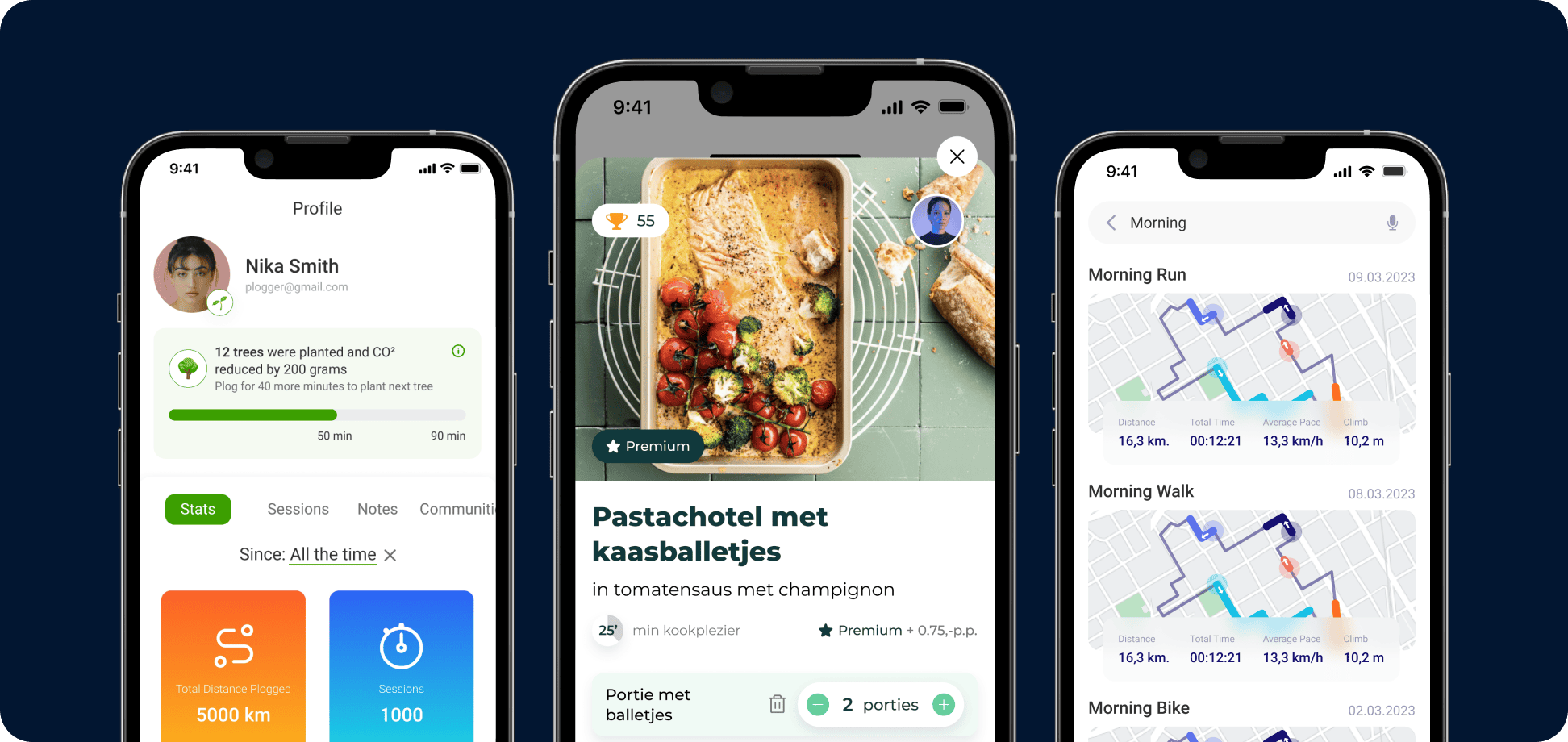React Native

React Native is like a magical sketchbook that lets developers draw up apps that come to life on both iOS and Android from a single set of blueprints. Created by Facebook, it's the go-to framework for crafting beautiful, native mobile apps using a familiar friend: JavaScript. Imagine you're a chef, but instead of preparing different meals for vegetarians and meat-eaters, you're cooking up one delicious dish that satisfies everyone. That’s React Native in the app development world.
This technology shines in the kitchen of mobile app development, especially during the "cooking" phase where the main ingredients (code) are mixed together to create something users can interact with directly on their mobile devices. It's particularly handy for developers looking to serve their apps on both Apple's iOS and Google's Android platforms without having to cook twice. React Native provides a set of components (think pre-made building blocks) that work seamlessly on both platforms, making the development process faster and more efficient.
One of the biggest advantages of React Native is its ability to deliver apps that truly feel native, without the traditional cost and time associated with building separate apps for iOS and Android. The "live reloading" feature spices things up by allowing developers to see the results of their latest changes in real-time, without restarting the whole app. Plus, because it uses JavaScript, a widely known and loved programming language, there's a huge community and plenty of resources to tap into. On the flip side, some may find that for very complex interactions or high-performance demands (like 3D graphics or heavy computations), native development might still have the edge. Despite this, for most applications, React Native offers a deliciously efficient route to getting your app into users' hands on both major platforms.
